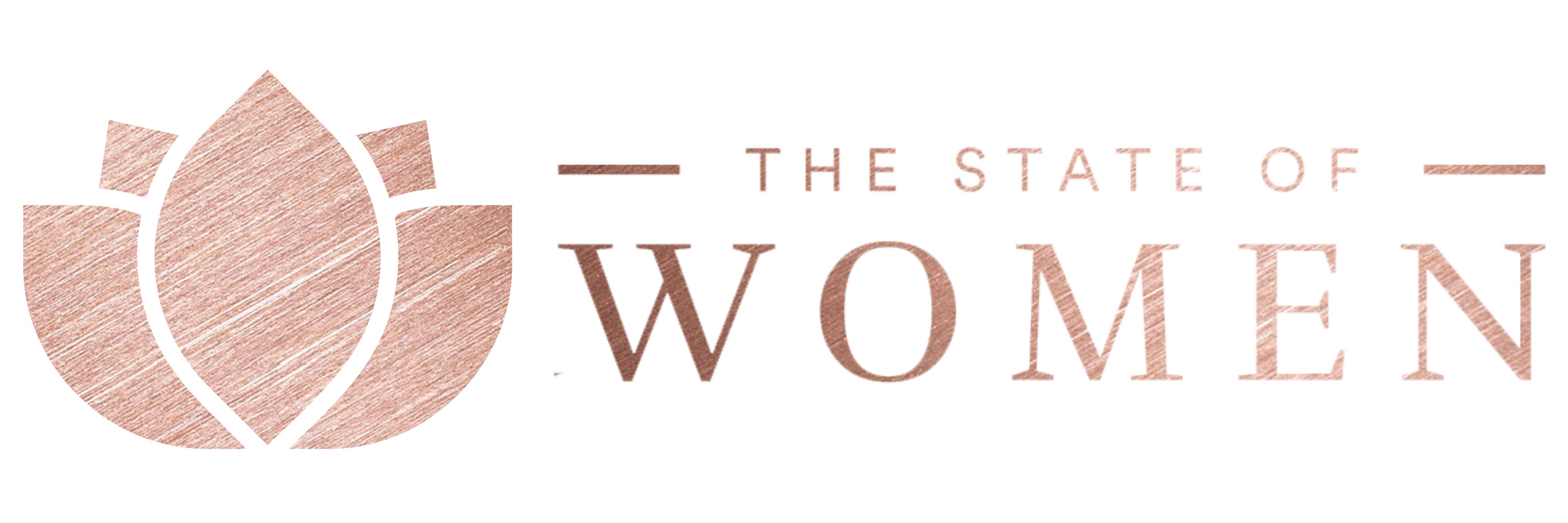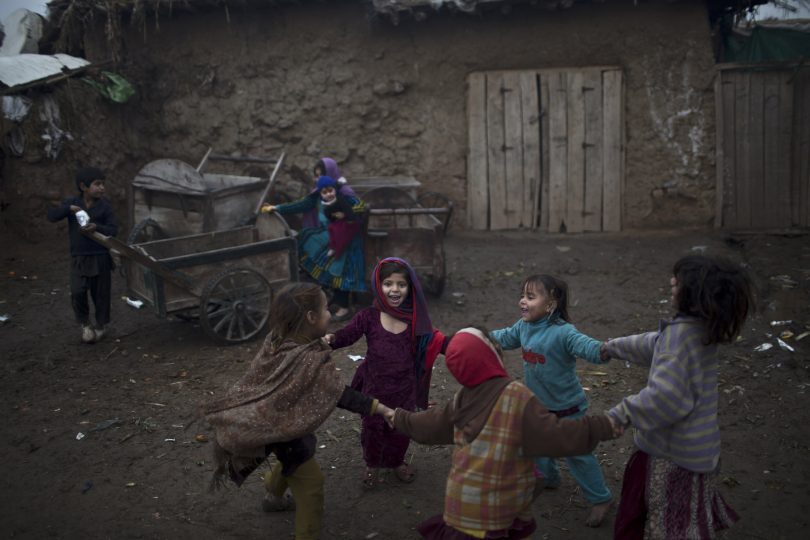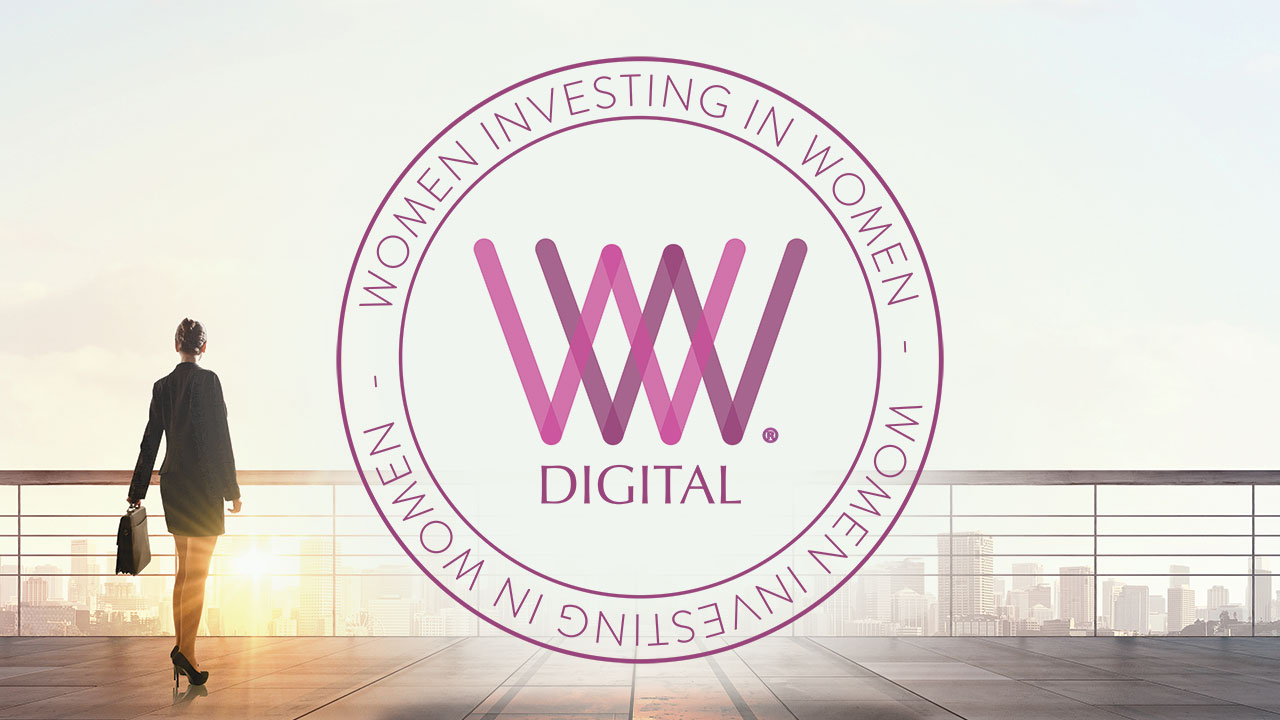This article originally appeared on the Women & Girls Hub of News Deeply, and you can find the original here. For important news about issues that affect women and girls in the developing world, you can sign up to the Women & Girls Hub email list.
By Eline Gordts
As world leaders gather in New York for the U.N. General Assembly, Katja Iversen, president and CEO of Women Deliver, says that gender should be at the forefront of the development conversation.
One year ago, during the 2015 U.N. General Assembly, world leaders adopted the Sustainable Development Goals: 17 targets to help end poverty, fight inequality and injustice, and tackle climate change by 2030. This year, as global leaders meet to debate how to make that ambitious agenda a reality, Women Deliver argues that gender should be at the forefront of the conversation.
On Wednesday, the international advocacy organization officially kicked off Deliver for Good, its campaign to transform the way the development community looks at women and girls – from powerless victims to agents for change – and to push stakeholders to apply a gender lens to the Sustainable Development Goals. Nine organizations, including Business for Social Responsibility, Landesa and Plan International, have signed on to the campaign.
Women & Girls Hub spoke with Katja Iversen, president and CEO of Women Deliver, about Deliver for Good’s approach and goals on the sidelines of a panel discussion hosted by the organization in New York.
Women & Girls Hub: Why is putting women and girls at the center of the Sustainable Development Goals so important?
Katja Iversen: The philosophy of the campaign is that we need to invest in women and girls if we want to see positive change happen in the world. While some people may find that obvious, apparently it’s not.
We need to focus on them, their needs and their opportunities. The Sustainable Development Goals are a fabulous opportunity. Every single country in the world has to make national plans, so why not use this opportunity to really place women and girls at the center of them. They should be a focus in health, education and economic development plans.
We do anything we can to put girls and women in the driver’s seat and also showcase, with evidence, how they are the change agents. That evidence is rolling in. Studies by McKinsey & Company explained during the panel have shown that it economically pays off to invest in women and girls.
Women & Girls Hub: The Deliver for Good campaign cuts across sectors and focuses on “the whole woman.” Please expand on those ideas.
Iversen: It’s important because it’s the most efficient. We’re not a body part. I’m not identified by a sickness or by my age. We’re whole people. Why build a clinic for nutrition advice, a separate clinic for HIV and one for family planning? It’s a holistic approach that looks at people as whole people and not as however an organization wants to define them.
It’s also efficient funding-wise. It’s not as if we live in an abundant world, so why not do it the best way? Let’s come up with some smart solutions that bring it together.
Women & Girls Hub: Peder Michael Pruzan-Jorgensen, the senior vice president of Business for Social Responsibility, explained during the panel discussion that in many parts of the private sector, the development of women and girls is still a foreign language. What are some of the crucial things that can be done to make it part of their language?
Iversen: Make it easy, and make it economically viable and desirable.
Showcase the evidence that proves that investing in women and girls will lead to growth for the company. I met with the CEO of Sony yesterday, and he said that investing in women, whether at the assembly line or in boardrooms, has paid off. He said that with the evidence there is now, he wouldn’t be a responsible manager if he didn’t invest in women.
It’s also important for us to get into the fora where people like him are. Make the communities come together. At the Women Deliver conference, we brought together 65 business leaders. We also worked with BSR to develop a book – a toolkit, basically – that explains how to approach this, whether you’re a small, medium or multinational company.
Women & Girls Hub: That ties into an interesting insight Peder brought up – that just targeting the multinationals is not enough, because those big companies are not the main employers that women and girls in the developing world interact with.
Iversen: Exactly. The biggest growth in employment is in small- and middle-sized companies. If those companies apply a gender lens and break down some of the gender barriers and prejudices, that’s where the growth in the female workforce will come from.
Women & Girls Hub: Plan International CEO Anne-Birgitte Albrectsen noted today that in the areas where her organization works, the needle hasn’t moved much when it comes to the lived reality for women and girls. How can we speed up actual change in women and girls’ lives? How can we go from amazing goals to implementation?
Iversen: I’m a pragmatist. Let’s look at who’s out on the front line, the organizations that are working in the field. We need to push so that those people and organizations deciding the reality put gender central, do more and get the opportunity to do more by receiving funding for what they do well.
The U.N. works with governments, that’s their job, but we want to push in the same direction across sectors, with everyone who touches upon the lives of girls and women.
This conversation was edited for length and clarity.



